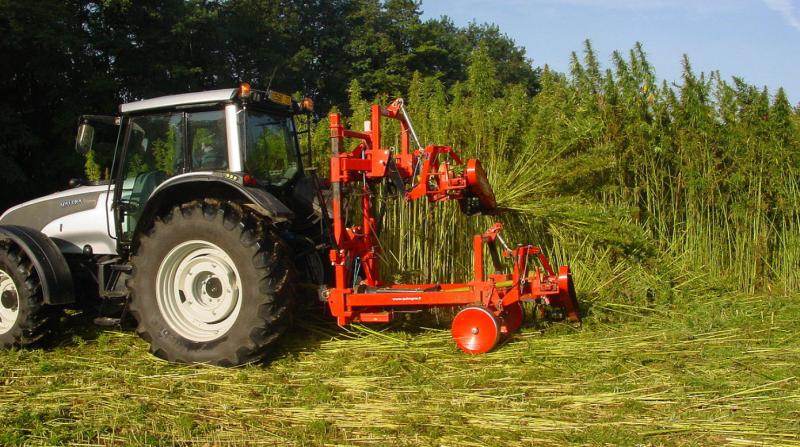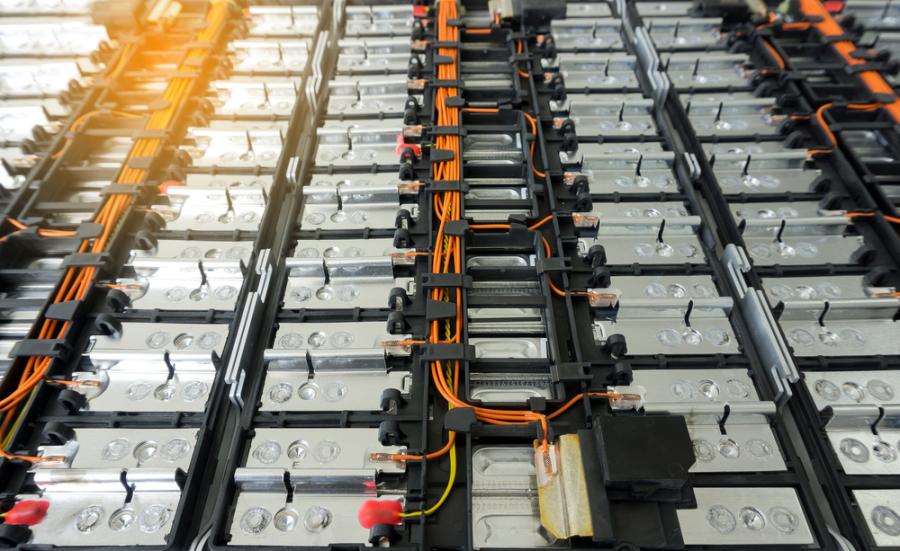
A plan from Texas A&M University researchers to 3D print new resilient buildings using hempcrete has the potential to lower the environmental impact of traditional construction methods and make housing more affordable and available.
The project will be funded by a $3.74 million grant from the U.S. Department of Energy Advanced Research Projects Agency-Energy (ARPA-E) Harnessing Emissions into Structures Taking Inputs from the Atmosphere (HESTIA) program.
Petros Sideris, assistant professor of the Zachry department of civil and environmental engineering, will lead the project as principal investigator to develop residential and potential commercial construction designs. His team consists of Assistant Professor Maria Koliou, Department Head and Professor Zachary Grasley, Professor Anand Puppala, Associate Professor Manish Dixit and Professor Wei Yan of the Texas A&M College of Architecture.
Hempcrete is made by mixing hemp powder, fibers or shives with lime and water, creating a lightweight, green building material.
“While production of conventional construction materials such as concrete requires large amounts of energy and releases large amounts of CO2 [carbon dioxide], hempcrete is a net carbon-negative material, which can provide major environmental benefits,” Sideris said.
Sustainability will be further promoted by designing hempcrete structures more resilient to natural hazards than commonly used lightweight wood frame construction.
“Resilience to natural hazards is intertwined with environmental sustainability because building damage and subsequent repairs due to extreme events such as hurricanes result in major environmental impacts,” Sideris said.
Hempcrete has already been used globally in residential construction and prefabricated modular construction.
“Hempcrete has excellent fire resistance and thermal insulating properties that can reduce heating and cooling energy demands,” he said. “It is water-resistant and offers good acoustic properties.”
As part of the project, building designs will be printable and created to achieve structural and energy performance that will comply with modern design codes. Sideris said digital designs of printable hempcrete buildings will facilitate adoption by the construction industry.
“The advancements of this project will contribute to the U.S. maintaining its worldwide leadership in advanced construction methods and infrastructure sustainability and resilient technologies,” he said.
The funding is part of HESTIA, which prioritizes overcoming barriers associated with carbon-storing buildings, including scarce, expensive and geographically limited building materials. The HESTIA program aims to increase the total amount of carbon stored in buildings to create carbon sinks, which absorb more carbon from the atmosphere than released during construction.
TUE JULY 12, 2022 – WEST EDITION #15

